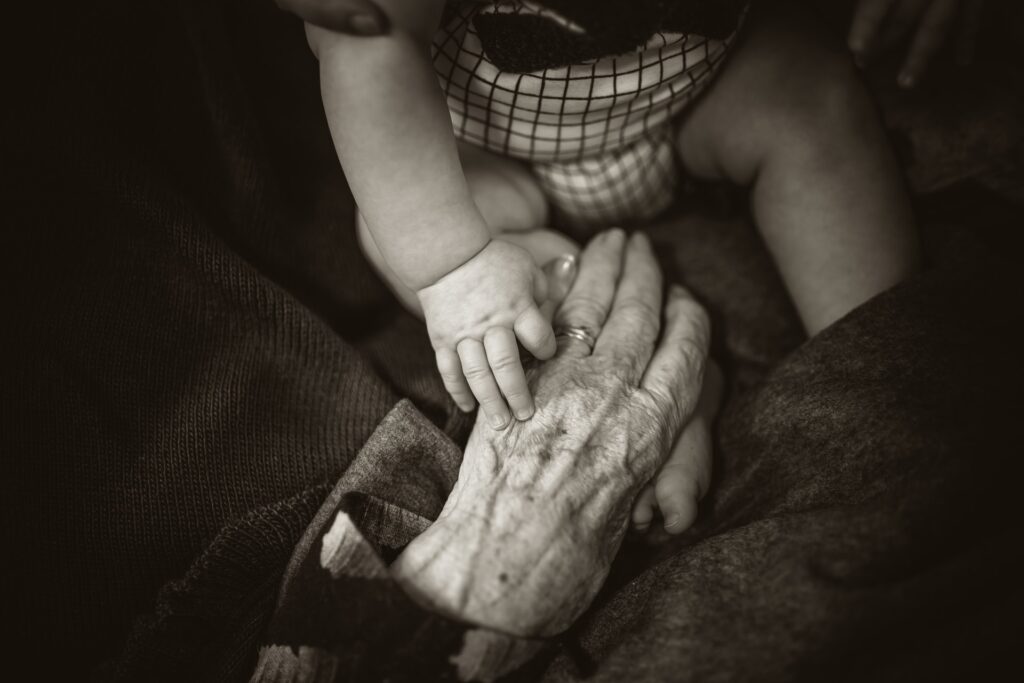Health care
Personal health care is an important factor in all age groups as it can increase longevity and quality of life, improve mood and decrease the occurrence of chronic diseases. It is commonly known that it’s easier to prevent diseases than treat them. One can take control over their health by making sure that they get enough sleep, schedule regular physical exams, understand health indicators, keep track of their records (such as medications, health condition, medical history, dates of screening and check-ups, etc.) and actively try to improve their lifestyle. Such actions can positively impact one’s health, and enable them to diagnose diseases quicker and react accordingly in time. The importance of personal health care is one of the priorities that need to be taken care of if a person wants to stay healthy throughout the different stages of life. Some of the diseases might develop slowly without giving symptoms, therefore getting regularly checked and keeping the records of such check-ups might help to diagnose and treat such diseases, which further decreases the risk of mortality and improves the general quality of life by making sure that health risk indicators are appropriately and regularly measured and adequate actions are taken if necessary.
Benefits of exercise
One of the elements of personal health care is regular exercise. Exercising on regular basis can decrease the risk of cardiovascular diseases, increase bone and ligament strength, increase muscle strength and size or decrease their atrophy with age, decrease health risk markers, increase insulin sensitivity, decrease the chance of obesity and many more(2). Following such exercise needs to be done carefully and preferably managed by a fitness or health professional that would ensure that one does not overdo it, which could increase the risk of injury. There are different routines proposed for different age groups, therefore one must make sure that they are following appropriate routines, designated strictly for their age group. Such routines can typically include exercises designed for teenagers, adults and seniors as they are the main age groups that differ in approach utilised. Different approaches for mentioned age groups are presented below:
Children and teenagers(3):
- Aim for at least 60 minutes of moderate-intensity exercise a day
- That can be achieved through taking part in various physical activities such as playing football, rugby, swimming, cycling or running
- Try to reduce the time spent inactively, that is lying down, sitting down (by the computer for example)
- Aim to break up long periods of inactivity, for example, go for a quick walk or do some jumping jacks every hour
- All of that can be achieved while spending time with friends (cycling together, playing team games, playing hide and seek etc.), e.g. after school or even on the way to school or back from the school
- An example of a physical exercise regime could include playing football Monday to Friday with friends for 60 minutes and interrupting physical inactivity by performing 20 jumping jacks every hour when playing video games or reading books
Adults(4):
- Aim to be physically active every day, do at least some exercise
- Perform muscle strengthening exercises for major muscle groups, such as legs, arms, chest, back, abdomen at least 2 days a week
- Have at least 150 minutes of moderate-intensity or 75 minutes of high intensity of exercise a week (e.g. moderate-intensity cycling Monday to Friday for 30 minutes or high-intensity cycling for 15 minutes)
- Aim to break up long periods of inactivity, for example, go for a quick walk or do some jumping jacks every hour
- Examples of moderate-intensity exercise are brisk walking, water aerobics, cycling, dancing, tennis, pushing down a lawnmower, hiking, rollerblading
- Examples of high-intensity exercises are: fast swimming, running, fast or uphill cycling, walking up the stairs, playing sports, skipping rope, gymnastics, martial arts
- An example of a physical exercise regime could include going to the gym twice a week and performing 3 sets of 10 repetitions of bench presses, deadlifts and rows or other exercises that involve major muscle groups such as overhead pressing, squats or pull-ups and cycling for 30 minutes for the other 3 days and interrupting physical inactivity by performing 20 jumping jacks every hour when playing video games or reading books
Seniors(5):
- Aim to be physically active every day
- Perform strength, balance and flexibility exercises at least 2 days a week
- Have at least 150 minutes of moderate-intensity or 75 minutes of high intensity of exercise a week (e.g. moderate-intensity cycling Monday to Friday for 30 minutes or high-intensity cycling for 15 minutes)
- Aim to break up long periods of inactivity, for example, go for a quick walk or do some jumping jacks every hour
- Avoid high impact exercises such as jumping if you suffer from osteoporosis or arthritis
- Examples of light activities are: moving around the home, slow pace walking, cleaning, vacuuming, making the bed, standing up
- Examples of moderate activities are: brisk walking, water aerobics, riding a bike, dancing, tennis, hiking, mowing down the lawn
- Examples of high-intensity activities suitable for seniors are: aerobics, jogging or running, fast or uphill cycling, energetic dancing, martial arts
- An example of a physical exercise regime could include brisk walking for 30 minutes Monday to Friday, performing slow pace flexibility focused yoga on Saturdays and Wednesdays and interrupting periods of inactivity by performing 20 jumping jacks every hour when playing video games or reading books and trying to generally move more around the house
References:
- Jennifer Body, RN, 5 Tips for Taking Charge of Your Health, accessed on 24/06/21, available at: https://www.abbott.com/corpnewsroom/nutrition-health-and-wellness/5-tips-for-taking-charge-of-your-health.html
- MedlinePlus, Benefits of Exercise, accessed on 24/06/21, available at: https://medlineplus.gov/benefitsofexercise.html
- NHS, Physical activity guidelines for children and young people, accessed on 24/06/21, available at: https://www.nhs.uk/live-well/exercise/physical-activity-guidelines-children-and-young-people/
- NHS, Exercise, accessed on 24/06/21, available at: https://www.nhs.uk/live-well/exercise/
- NHS, Exercise as you get older, accessed on 24/06/21, available at: https://www.nhs.uk/live-well/exercise/exercise-as-you-get-older/




